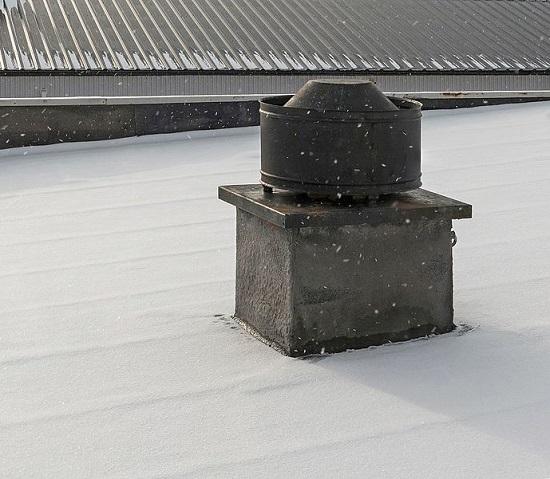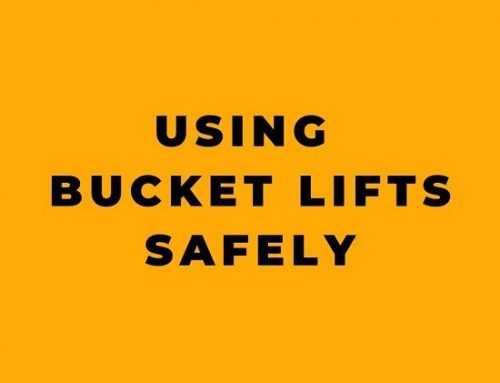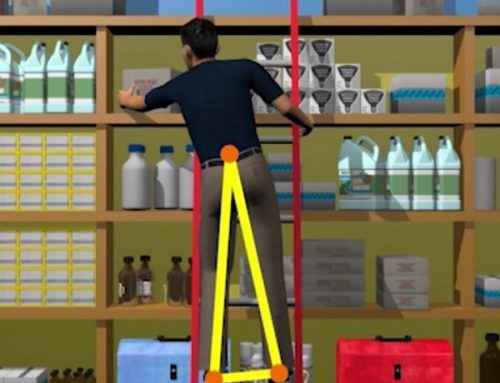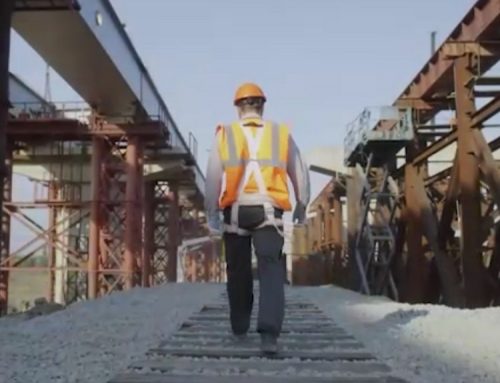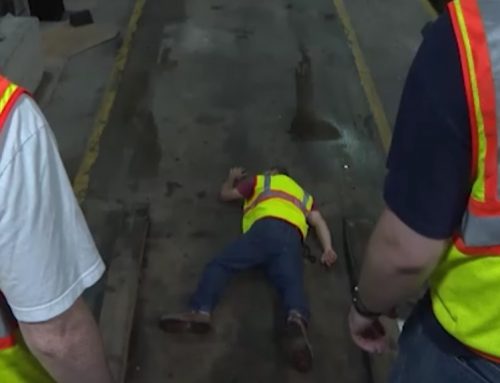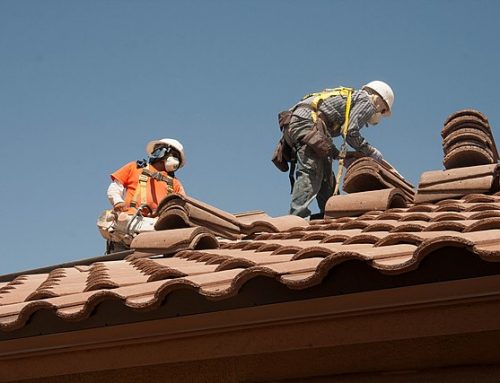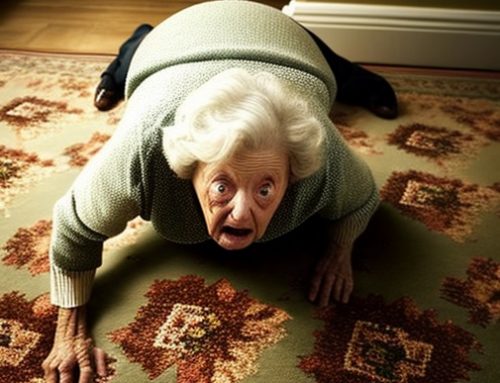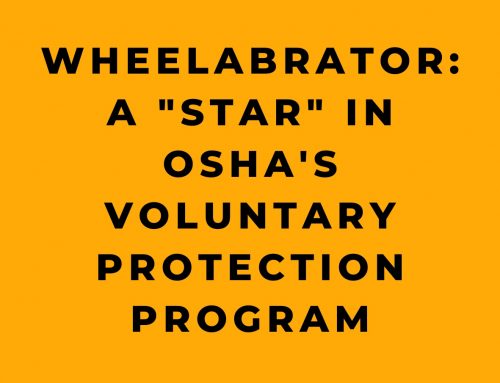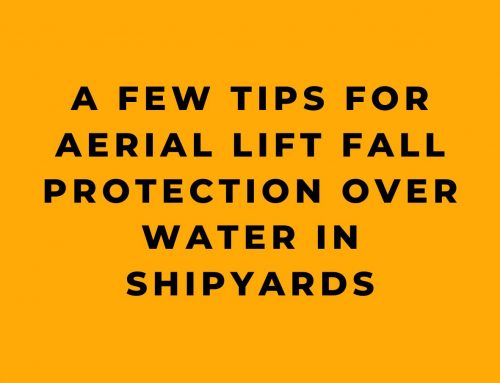Introduction
Every winter, workers face serious hazards and threats when removing snow and ice from rooftops, decks, and other elevated surfaces. According to the Occupational Safety and Health Administration (OSHA), falls cause most fatalities and injuries during these snow removal operations. Many incidents also stem from the unsafe use of equipment, exposure to extreme weather conditions, contact with overhead power lines, and the risk of collapse under accumulated snow loads.
OSHA investigations reveal that a lack of training, improper planning, and inadequate protections needlessly endanger workers tasked with clearing piled snow and ice. However, with prudent safeguards, proper procedures, and vigilant adherence to safety protocols, these risks become preventable and the job manageable without undue harm. This article will explore OSHA’s guidance, analysis of prior incidents, and recommendations to protect personnel during snow clearing activities on rooftops and raised structures.
Understanding the Hazards
OSHA provides alarming examples of serious injuries and preventable fatalities that have occurred during poorly planned or executed snow removal jobs:
- A worker slid off an icy roof he was shoveling and fatally struck his head on stored construction materials below.
- Another employee fell 30 feet through an improperly safeguarded opening on a snow-covered second floor deck, dying from the impact.
- Multiple cases involved workers losing balance on ladders while attempting to clear pitched rooftops 10-12 feet off the ground, falling to their deaths.
- One man was impaled by scaffolding after plummeting over 11 feet down a residential roof covered in snow.
Besides fall-related mishaps, which account for most snow clearing casualties, other prominent hazards lurk. For example, amputations and eye injuries frequently arise from improper use of mechanized snow removal equipment like snow blowers. Entrapment suffocation incidents can occur if avalanching snow piles or drifts overcome personnel. Aerial lift operators also risk crashes and electrocutions from proximity to overhead power lines.
Additional dangers include hyperthermia and frostbite from extreme cold exposure during long hours clearing snow, exacerbated by gusting winds or icy conditions. The strenuous manual labor also invites muscular strains, tears, or even heart attacks in those not acclimated to the physically taxing work.
Planning Considerations
Before Snow Removal Begins In anticipation of significant snow accumulation needing clearing, OSHA strongly advises employers to critically evaluate the forthcoming work and outline measures to safeguard personnel. Among the useful preparatory questions to ask:
- Is rooftop access essential or can snow clearing occur from the ground using tools like snow rakes? Eliminating the need to scale structures reduces fall risks.
- What roof features could become obscured by drifts and require marking – like skylights, vents, or drains – so workers can spot and avoid them?
- How should personnel remove snow uniformly across the roof to prevent destabilizing unbalanced loads?
- Do roof specifications confirm the structure can safely hold the cumulative projected weight of snow piles, workers, their gear, and any equipment used? Sudden collapses endanger lives.
- What fall protection systems suit the roof’s configuration to secure workers at height per OSHA regulations? Training proper usage is mandatory.
- How will powered snow clearing machinery get elevated safely to roof level without drops or pinch-points endangering workers hoisting it?
Additional concerns involve preparing adequate winter gear to shield personnel from the cold, establishing rescue plans if someone is trapped aloft, and cordoning off ground areas where falling snow and ice could strike.
Mitigating Fall Hazards
With falls precipitating most snow removal mishaps, OSHA emphasizes that employers must protect workers accessing elevated rooftops and decks either through fall prevention or fall protection strategies. Securing safety lines so personnel wearing harnesses can arrest any plummet provides one conventional approach. Strict protocols also govern proper ladder use for ascending to height.
Clearing snow without needing to access the actual roof is naturally the best tactic if site conditions allow safe execution from the ground by workers with snow rakes. But when workers must mount slippery, icy rooftops, OSHA requires employers to provide proper fall prevention safeguards.
These provisions include durable anchor points for hooking retractable lifelines that can halt a worker’s free-fall with a shock absorbing system. Guardrails offer an alternative barrier able to stop a worker from tumbling off the roof’s edge entirely. Training in utilizing fall protection gear is mandatory and rescue plans are essential if someone needs retrieval while suspended post-fall.
For ascending to the work area, non-conductive ladders must securely rest at the proper angle on a firm, level surface clear of ice buildup. OSHA emphasizes maintaining three points of contact while climbing, prohibiting overreaching that could lead to losing balance, and wearing clean boots that grip each rung firmly. Carrying tools and material up ladders risks dangerous, unstable overloading as well.
Evaluating Roof Load Limits
Before allowing access, prudent employers will confirm a roof’s design capacity for bearing snow’s dead weight along with any personnel and equipment exerting additional live loads. With soggy, dense, or drifting accumulations, snow weighs roughly 10-20 pounds per cubic foot, with deeper piles exponentially increasing total stresses. Monitoring workers to avoid unbalanced concentrations aims to prevent sudden collapses that imperil lives or result in costly damage.
If long durations without clearing allow snow and ice to amass into thick, heavy layers, its sheer volume and load may jeopardize an aging or deteriorating roof not rated to withstand such a severe burden. Reminding workers to remain vigilant for any ominous sounds or movement as they shovel is key, as is establishing a collapse rescue protocol for prompt response. Adhering to the safe uniform rates and methods for clearing specified by engineers reduces destabilizing scenarios.
Avoiding Powered Equipment Hazards
While mechanized snow clearing devices often hasten work, hazards associated with their operation are unfortunately common, according to OSHA investigations. These incidents predominantly involve hand and finger amputations or eye injuries when workers fail to follow manufacturer operating instructions or overlook safeguarding.
For example, unclogging a jammed snow blower by reaching into the discharge chute before ensuring all components are at a complete stop frequently causes grievous bodily harm from sudden engagement of the rotating impeller. Eye shielding is also vital when working amid ricocheting debris and ice chunks hurled at high speeds by powered equipment.
To prevent lacerations or blindness, OSHA mandates all snow removal device operators first complete training on proper safe procedures. This entails fully understanding user manuals to avoid mistakes and learning prudent work practices like positioning blowers far back from fragile roof edges. It also means unplugging fuel lines or removing spark plug wires completely before attempting clearing any jams, rather than just trusting the dead-man switch. Proper PPE is equally imperative.
Maneuvering Equipment Onto Roofs
A brief but complex challenge arises when workers must hoist motorized snow clearing devices onto elevated roof platforms, a situation inviting accidents like falls from height or sustainment of crush injuries. Instead of carrying gear up ladders, safety professionals recommend setting up block and tackle pulley systems, temporary hoists, or even deploying aerial work platforms that provide the reach to slide equipment into place without undue risk.
Diligent planning accounts for properly securing these loads against sudden swings and establishing firm tie-off points so nothing breaks loose. Where available, employers might utilize fixed roof access points to bypass manual hoisting entirely. Regardless, focusing intense concentration on maintaining safe grip, balance, and posture while maneuvering heavy machinery along narrow footing pays dividends by averting catastrophic slides or toppling.
Aerial Lift Dangers
While lift platforms offer tactical advantages for attacking piled snow on rooftops or exterior facades, serious mishaps still occur if operational rules go unheeded, especially concerning electrocution and fall risks. Windy winter conditions can introduce instability, causing boom-mounted buckets on scissor lifts or cherry pickers to suddenly lurch and catapult occupants over the guardrails.
Similarly, inadvertently contacting overhead power lines while occupying the conductive metal lift basket transmits lethal currents. OSHA accordingly requires occupant fall restraint lanyards along with setting brakes and outriggers before allowing lift operation. Maintaining safe clearance from electrical lines is equally mandatory, as is proper inspection and maintenance to avoid mechanical failures. Employers must confirm only authorized and properly trained operators will access aerial equipment controls.
Avoiding Electrocution & Electric Shocks
Snow removal duties might bring workers and conductive gear like long-handled rakes, shovels or blowers dangerously close to overhead power lines either atop rooftops or from the ground. However fatal complacency about proper precautions frequently leads to deadly consequences, per OSHA’s incident data. Even insulation does not make lines safe to contact.
Workers must consider all overhead wires energized until confirmed otherwise. Required minimum clearances exist to halt approaching within 10 feet of electrical conductors. Fiberglass poles for manual snow hooks reduce conductivity versus metal types. Positioning spotters to warn rake operators drifting under wires provides inexpensive added vigilance.
OSHA further advocates testing all electrically powered snow clearing equipment, ensuring proper grounding via 3-prong plugs. Operators must watch cord integrity closely to avoid faults. Generators that power equipment on-site where no outlets exist should always incorporate GFCI protection downstream on their output circuits to protect workers from shock hazards. Strict adherence to cord routing rules reduces damage that can undermine electrical integrity.
Preventing Cold Stress
Supervisors often underestimate the amplified effects that extreme cold, elevated winds, and wet conditions impose on workers striving to clear heavy snow manually off rooftops or structures. Besides soreness from overexertion, more ominous threats like hypothermia and frostbite emerge if adequate warming breaks, fluid intake, and protective clothing goes overlooked for too long by managers focused on expediting the work.
OSHA cautions that allowing core body temperatures to drop below 95 degrees Fahrenheit qualifies as dangerous hypothermia, a product of both low ambient and wind chill temperatures that can quickly siphon away critical heat. Frostbite similarly damages skin integrity and tissue viability when poorly insulated extremities grow ice crystals internally.
Both scenarios demand swift response including active rewarming and medical support to restore circulation and reverse damage. Proper oversight therefore includes scheduling regular rewarming breaks and monitoring personnel for early hypothermia warning signs like mental fuzziness or slowing reactions. Staying properly hydrated with non-caffeinated beverages also maintains fluid volume to better preserve core temperature.
Clothing choices shouldn’t restrict movement but adequately defend against conductive, convective and evaporative cooling mechanisms that accelerate chilling. Breathable, layered, wind and water-resistant fabrics that wick moisture and don’t lose their insulating loft when compacted best accomplish this — augmented by gloves, hats, boots, and maybe even a balaclava for the face and neck.
Conclusion
Annually clearing snow accumulations from rooftops, elevated decks, loading docks, or balconies inherently involves serious threats to life and limb for personnel. However prudent planning guided by insights OSHA gleans from mishap data, combined with vigilant adherence to safety protocols and commonsense practices, proves this work need not endanger able workers.
While falls inflict the most damage statistically when undertaking snow removal duties aloft, many residual hazards exist that also demand respect and care to avoid. Proper use of machines and tools drastically reduces accidents as well. But ultimately supervisors must spearhead prevention efforts through thorough preparation, comprehensive training, and ensuring oversight rooted in lessons from prior lapses that cost workers their health or livelihoods each winter. Putting these responsible insights into practice eliminates the majority of preventable casualties.
Image Reference:
https://commons.wikimedia.org/wiki/File:Ventilation_cap_on_roof_in_snow.jpg


